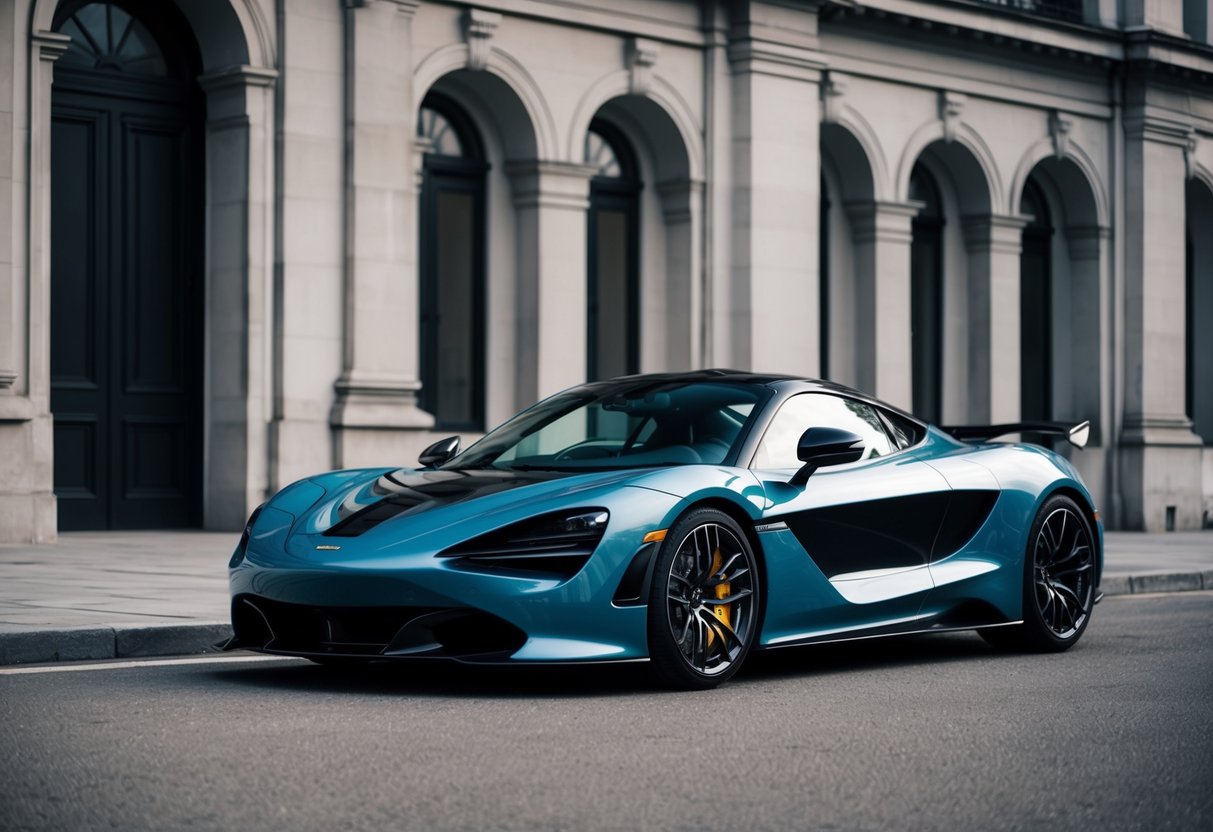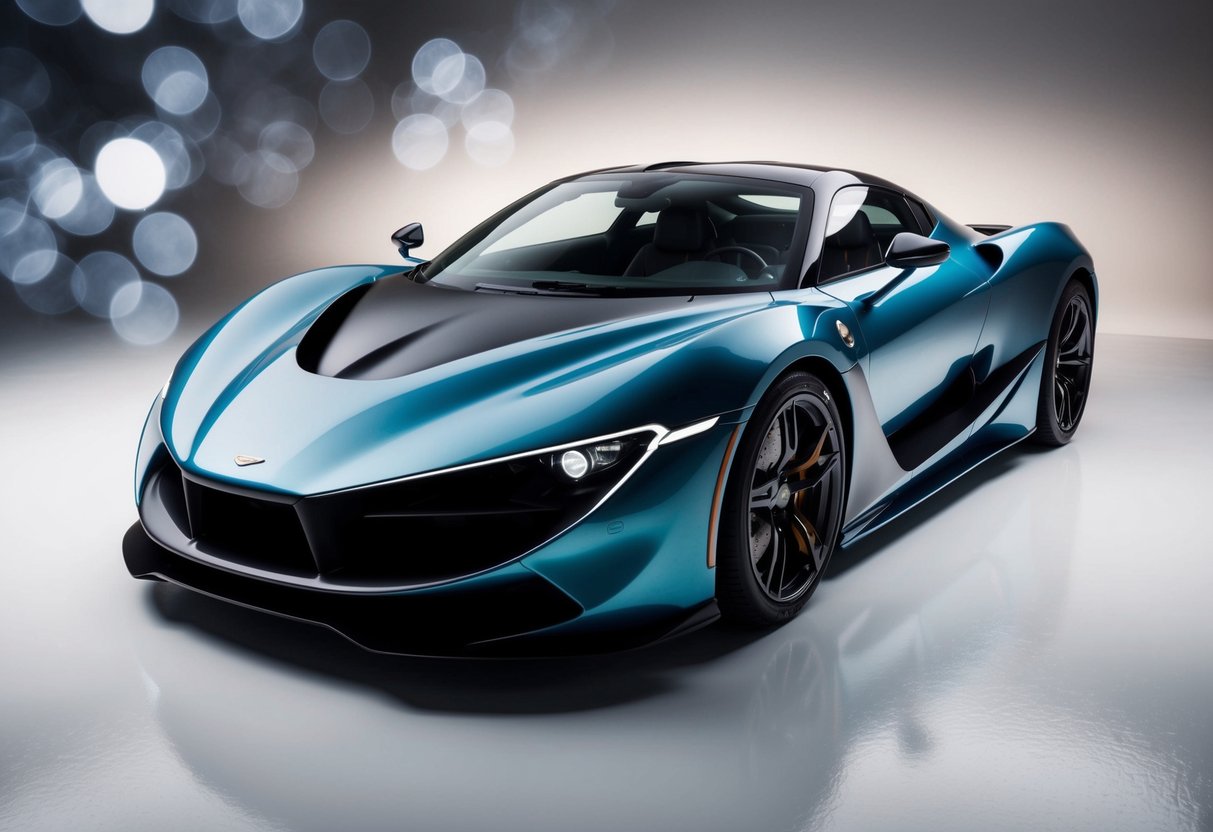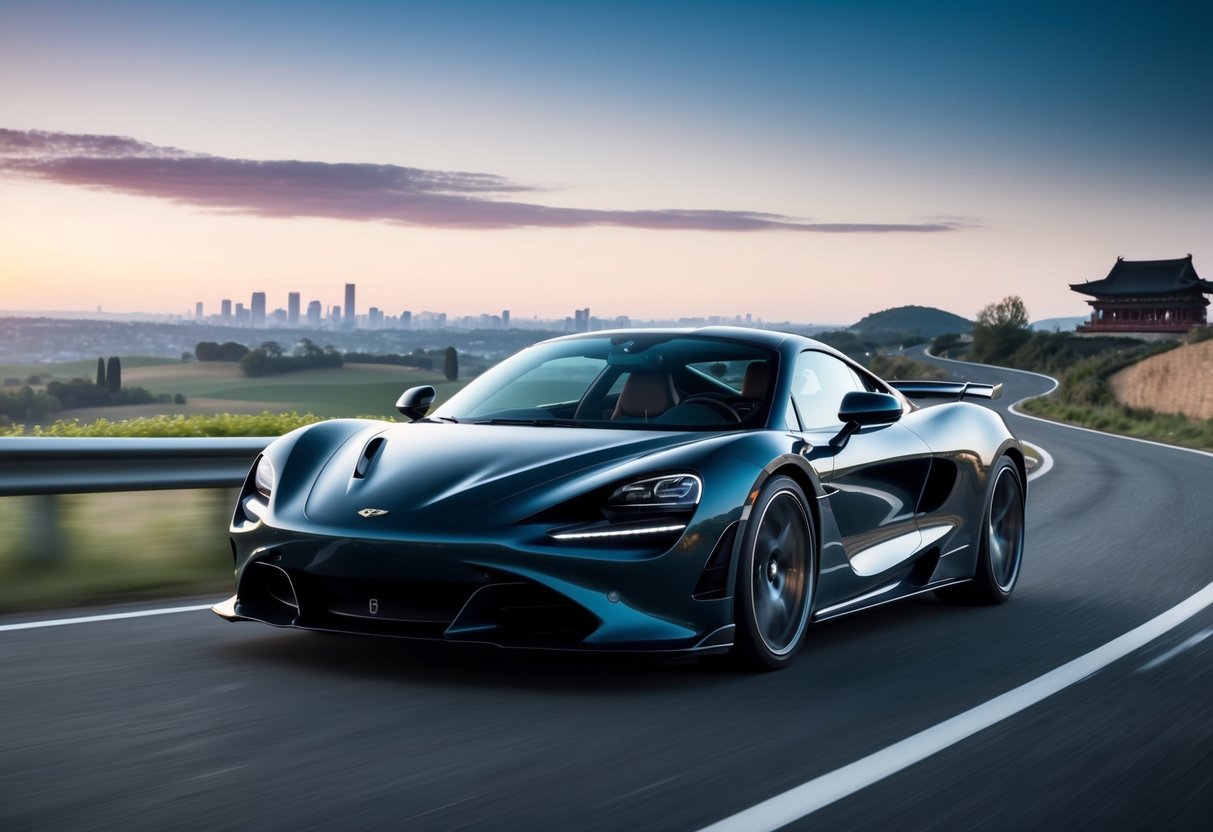
The world of modern sports car design is a fascinating blend where innovation meets tradition. Designers are increasingly exploring new materials and technologies while preserving the beloved characteristics that have defined these vehicles for decades. This interplay between cutting-edge advancements and classic elements keeps the sports car market dynamic and intriguing.
Emerging trends highlight a shift towards more sustainable and efficient technologies. Electric and hybrid drivetrains are becoming more commonplace, reflecting the industry’s adaptation to environmental concerns. Yet, these eco-friendly innovations coexist with a commitment to traditional aesthetics and driving experience that enthusiasts cherish.
In this rapidly evolving landscape, manufacturers must balance performance, design, and sustainability. This delicate balance ensures that new models not only perform superbly but also resonate with the rich history of sports cars. By staying true to this heritage, while embracing forward-thinking solutions, modern sports car design continues to captivate enthusiasts around the globe.
Historical Evolution of Sports Cars

Sports cars have come a long way, blending design innovation with the heritage of classic models. In particular, they have been shaped by iconic models and the dynamism of motorsports.
From Classic Models to Modern Icons
Sports cars have undergone significant changes since their inception. Porsche 911, introduced in the early 1960s, is a leading example of a model that has continuously evolved while maintaining its iconic status. Its unique design and engineering set the standard for modern sports cars. Similarly, the Ferrari Testarossa and Lamborghini Countach from the 1980s brought innovative styling and performance enhancements that forever changed automotive design expectations.
The Porsche Carrera GT further exemplifies how sports cars continued to push the boundaries of speed and technology in the early 2000s. With a focus on lightweight materials and powerful engines, these cars highlight the blend of tradition and state-of-the-art features. These advancements trace back to foundational design principles, merging historical finesse with modern engineering.
The Influence of Motorsports
Motorsports play a crucial role in shaping sports car design. Competitive racing demands constant innovation, and manufacturers often translate these breakthroughs into consumer models. This is evident with brands like Porsche and Ferrari, which have deep roots in motorsport excellence. Lessons learned on the track contribute directly to improved aerodynamics, handling, and engine performance.
Motorsports also foster collaborations between drivers and engineers, leading to refined specifications that enhance both speed and safety. The spirit of competition drives automakers to adopt cutting-edge technology and test new ideas in the pursuit of perfection. As a result, sports cars benefit from enhanced agility and power derived from the racetrack.
The Push for Performance

Modern sports car design increasingly merges cutting-edge technology with traditional elements, emphasizing significant improvements in speed and handling. Advances in horsepower, top speed, aerodynamics, and downforce play crucial roles in delivering superior performance.
Horsepower and Top Speed Achievements
Sports car manufacturers are consistently pushing the boundaries of horsepower. The introduction of engines such as the V12 showcases this drive for power, offering more than just acceleration but a complete motor experience. These engines provide unprecedented top speeds, allowing vehicles to reach over 200 mph on some models. Top speed measures remain a key competitive factor, driving innovation to create engines that are both powerful and efficient.
Future models, especially those incorporating hybrid technology, are expected to further enhance these aspects. Elevated horsepower and targeted engineering contribute effectively to improved top speed achievements, shaping the landscape of modern sports car performance. This relentless pursuit ensures that manufacturers remain at the forefront of vehicle power and speed, compelling them to innovate continuously.
Advancements in Aerodynamics and Downforce
Aerodynamics play a vital role in the push for performance, focusing on minimizing air resistance to enhance speed and efficiency. Design improvements that direct airflow over and under the vehicle allow for better stability at high speeds. Increased downforce is achieved through meticulous engineering, enabling tires to maintain firm contact with the road, improving handling and control.
These advancements impact cornering abilities, providing an edge during competitive racing and everyday driving. Modern sports cars frequently incorporate active aerodynamic elements that adjust in real-time, optimizing downforce in various conditions. Through these efforts, sports cars manage to achieve remarkable feats, outperforming previous limitations while maintaining a balance between tradition and innovation in design.



